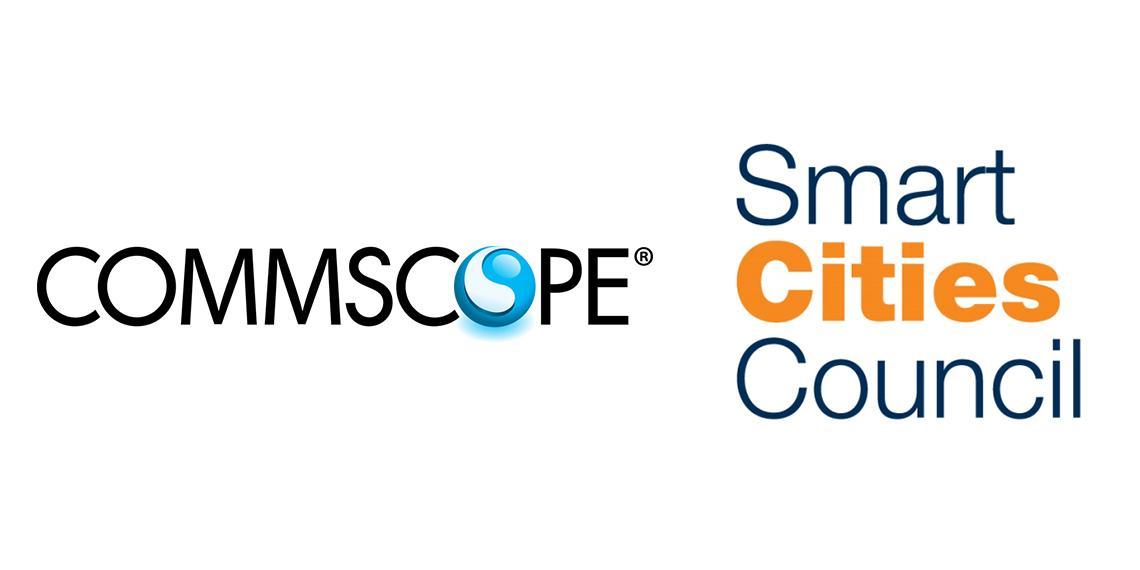Today there are more than 250 smart cities projects in progress globally, according to Navigant Research, and that number is expected to increase significantly over the next several years. CommScope, a global leader in infrastructure solutions for communications networks, became a Lead Partner of the Smart Cities Council to help transform cities and support the growth of digital technology and intelligent solutions.
"The goal of the Smart Cities Council is to help city leaders create a vision, build an action plan and measure the success of their smart city initiatives," said Council Chairman Jesse Berst. "We are delighted to have CommScope working with us to help cities better understand the technologies that will enhance livability, workability and sustainability in their communities."
From emergency response and transportation to citizen services and smart living, one of the critical needs cities have today is a reliable communications network infrastructure to enable the integrated, cross-cutting technologies that comprise a smart city.
"The United Nations estimates that 70% of the world population will be urban by 2050, which means cities will need to have infrastructure in place to support 'supercity' growth and densification," said Morgan Kurk, chief technology officer at CommScope. "We are excited to be a Lead Partner with the Smart Cities Council as we look at the needs of cities and the people who live there."
Like the Council, CommScope's vision for smart cities is to connect and optimize the services and resources to meet the demands of population growth in our urban centers.
CommScope's wireless and fiber optic solutions for smart cities connect buildings, cell towers, street gear, people and other devices throughout the city and within commercial buildings and venues. Any public or private network, whether wired or wireless, is enabled by CommScope solutions, including emergency response, traffic monitoring and control, parking, security and access control for buildings, cell phones, IoT devices, facial recognition and violence detection.











